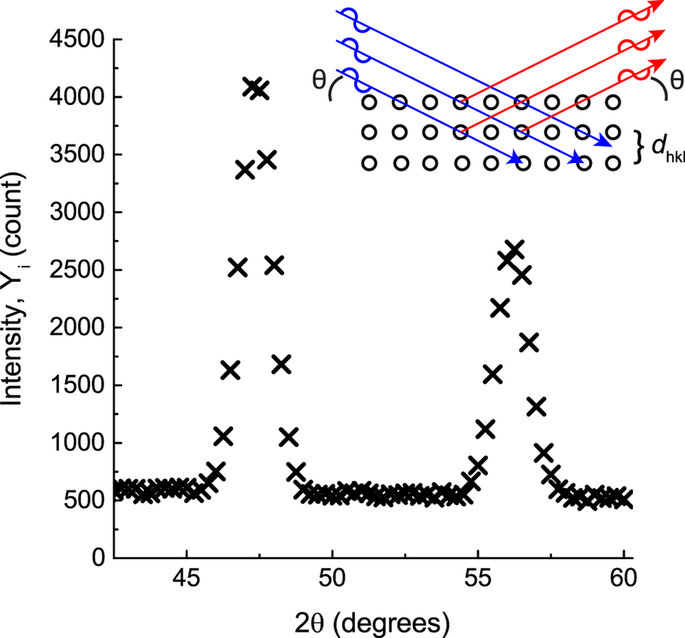It’s always a surprise whenever the sciences take a few steps forward and redefine how we measure and quantify things. Sometimes we learn that we’ve either been doing things half right or halfcocked. On the redefining path, researchers are looking at how atoms are arranged in various materials.
Researchers from North Carolina State University, the National Institute of Standards and Technology (NIST), and Oak Ridge National Laboratory (ORNL) have developed what they believe is a novel approach to materials characterization. They are using Bayesian statistical methods to gain unique insights into the structure of materials, insights they believe will lead to the development of new materials.
The usual approach to viewing a material’s crystallographic structure involves bombarding a sample of the material with electrons, photons, or subatomic particles. This is achieved using the Spallation Neutron Source at ORNL or the Advanced Photon Source at Argonne National Laboratory. Researchers can then measure the angle and energy of these particles as they are scattered by the material.
Data from these types scattering experiments are usually analyzed using “least squares fitting” statistical techniques to infer a material’s crystallographic structure. This technique can tell what a material’s structure is likely to be, but it cannot detail variations within the material’s structure.
According to Alyson Wilson. a professor of statistics at NC State, “Least squares is a straightforward technique, but it doesn’t allow us to describe the inferred crystallographic structure in a way that answers the questions that the materials scientists want to ask. But we do have other techniques that can help address this challenge, and that’s what we’ve done with this research.”
The space between atoms isn’t constant, it’s not fixed throughout a sample. And the same is true for every aspect of a material’s structure. The researchers have found that understanding these variations in space will allows them to characterize materials in a richer way.
Enter Bayesian Statistics
Wilson says, “Atoms vibrate and the extent of the vibration is controlled by their temperature. Researchers want to know how those vibrations are influenced by temperature for any given material. And Bayesian tools can give us probabilities of these thermal displacements in a material.”

A paper, “Use of Bayesian Inference in Crystallographic Structure Refinement via Full Diffraction Profile Analysis” is published in the Nature journal Scientific Reports. Authors: Chris M. Fancher, Zhen Han, Brian J. Reich, Ralph C. Smith, Alyson G. Wilson and Jacob L. Jones, North Carolina State University; Igor Levin, National Institute of Standards and Technology; Katharine Page, Oak Ridge National Laboratory